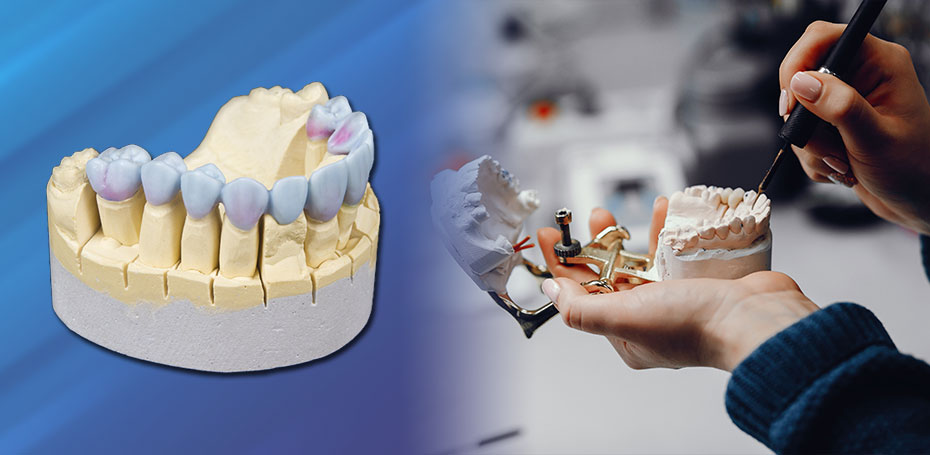Diagnostic Wax-ups
Looking for a dental procedure and a visual representation of a patient’s desired dental restoration or treatment plan. Alliance Dental Lab has a proper solution. Diagnostic wax-ups involve the use of wax to create a three-dimensional model or replica of a patient’s teeth and the proposed changes. They are particularly valuable in complex dental cases, such as smile makeovers, full-mouth rehabilitations, or extensive restorative work, where precise planning and communication are essential for successful outcomes. They are tools that can be used for treatment planning purposes and provide a visual and physical representation of the desired outcome of dental restorative. To create a diagnostic wax-up, impressions of the patient’s teeth are taken, and a skilled technician uses dental wax to build a model that reflects the desired changes. This model can be used as a template for the final dental restorations, and any necessary adjustments can be made before the actual treatment begins.
This wax-up is used for diagnostic and treatment planning purposes, and it
Benefits of Diagnostic Wax-Ups
Diagnostic wax-ups offer several benefits in the field of dentistry. Here are some of the benefits of diagnostic wax-ups:
- Improved Treatment Planning: They provide a clear visual representation of the proposed treatment outcome. This helps both the dentist and the patient understand the changes that will be made, allowing for better-informed decision-making.
- Esthetic Visualization: Patients can see and approve the esthetic changes before any irreversible dental procedures are performed. This reduces the likelihood of patient dissatisfaction with the final results.
- Enhanced Communication: Diagnostic wax-ups serve as a valuable communication tool between the dentist, the patient, and the dental laboratory technician. They help ensure that everyone is on the same page regarding the treatment plan.
- Temporary Restorations: Diagnostic wax-ups can be used to create temporary restorations that mimic the final outcome. These temporaries help patients adapt to changes in their bite and esthetics and ensure their comfort during the transition period.
- Customization: Wax-ups allow for the customization of dental restorations to the patient’s unique specifications, ensuring that the final results meet their esthetic and functional expectations.
- Risk Reduction: By thoroughly planning and evaluating the treatment before it begins, the likelihood of errors or complications is reduced, leading to a smoother and more successful treatment process.
- Documentation: Wax-ups provide a record of the treatment plan, which can be used for documentation and reference throughout the course of the dental treatment.
